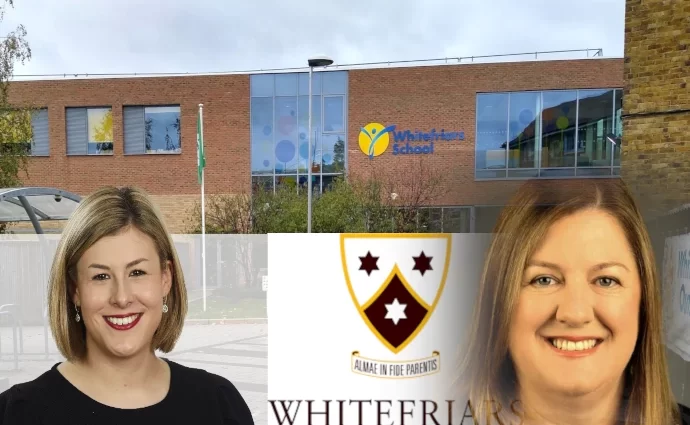Victoria’s highest-fee non-government schools will be subject to new payroll tax provisions that will bring them into line with government schools from next year.
In a revision of the policy announced as part of this year’s budget, labeled as ‘backdown’ by the Opposition, the original threshold of $7,500 income per student has been now moved up to $15,000 income per student for the school to be subject to this new payroll tax ruling being applied from next year.
Every government school in Victoria pays payroll tax.
Then the question is why not non-government schools?
And especially the high-fee charging non-government schools who should also duly contribute while they enjoy very liberal contributions from governments as part of their business model – usually set up as “not-for-profit”.
And now with the threshold set at a higher level to ensure lower-fee schools are not affected, the non-government schools with income per student of more than $15,000 – less than 10 per cent of non-government schools – will be subject to payroll tax under laws that come into effect on 1 July 2024.
It is a sensible and targeted measure to support recovery of emergency COVID spending over the past three years.
With this revision, the vast majority of non-government schools – more than 660 – will remain exempt, with 60 schools (or 8 per cent) coming under the new provision that was foreshadowed in the Victorian Budget 2023/24.
The assessment of income takes into account the fees and charges that non-government schools levy all families. Fee reductions for scholarships and other financial relief to families in financial difficulty will reduce the schools’ average fees and charges.
Under the changes, the Minister for Education has determined the list of non-government schools to be declared exempt from payroll tax. These will be declared in the Government Gazette and listed on Department of Education and State Revenue Office websites.
“We’re making sure exemptions from payroll tax flow to the schools that genuinely need support”, minister for Education Natalie Hutchins said.
“We continue to support non-government schools through programs like a $450 million investment for new buildings and upgrades in this year’s Budget” minister Hutchins added.
“Every government school in Victoria pays payroll tax – it’s only fair that the highest-fee private schools now also contribute,” Treasurer Tim Pallas added.
Schools that will be liable for payroll tax are listed at vic.gov.au/payroll-tax-non-government-schools.
The $15,000 threshold will be set in place until at least 1 January 2029 to give schools certainty when planning their budgets. New non-government schools opening between now and 2029 will also be assessed against the threshold.
But the Opposition is still not happy.
That is not surprising because most of the schools to come under the purview of this change are in rich areas, and that would mean electorates they would hope to gain, if they are to win in 2026 or 2030.
“Hardworking families across Victoria will be punished by Labor’s Schools Tax, which will add thousands of dollars to the cost of educating a child,” Shadow Minister for Education, Matt Bach said.
It is not surprising; they have vowed to scrap the change if and when they win government.
Asking a question on the Schools payroll tax, Opposition’s Jess Wilson quoted a statement from the used a statement of the principal of Whitefriars College, located in the electorate of Warrandyte, (the principal) saying “the government’s new schools tax … will cost the College community over $1 million per annum which will need to be found either through cutting programs, cutting refurbishment plans or increasing school fees”.
Jess Wilson in question time
And then the political question – Can the minister explain to families in Warrandyte why, during a cost-of-living crisis, this government is increasing school fees or cutting education programs?
Of course, the minister’s answer was the government wasn’t doing either.
There is a lot more politics than education in this debate.
For the benefit of the readers, Bharat Times studied some financials of the Whitefriars College and found some interesting statistics.
The school receives more than $10 million in grants each year:
$10.5 million – 2015
$10.9 million – 2016
$10.4 million – 2021
$10.4 million – 2022
The school’s collection from school fees has been increasing and in 2021 and 2022 was more than $13 million.
The school’s net assets grew from $18.9 million in 2015 to $23.05 million in 2022.
Some rich schools crying poor have assets worth more than $100 million and have had their equity ballooned over the years.
Stay tuned.
Similar Posts by The Author:
- This is why Peta Credlin should apologize to Australian Indians
- India and the United States Spearhead Global Disaster Resilience Efforts through CDRI
- A big win for Nurul Khan in his bid to unmask Victorian ‘Labor dirt sheet plotters’
- Australian Muslims call for transparency and accountability of Law Enforcement Action
- Problems of Arvind Kejriwal lie in the Charge-sheet against Manish Sisodia

